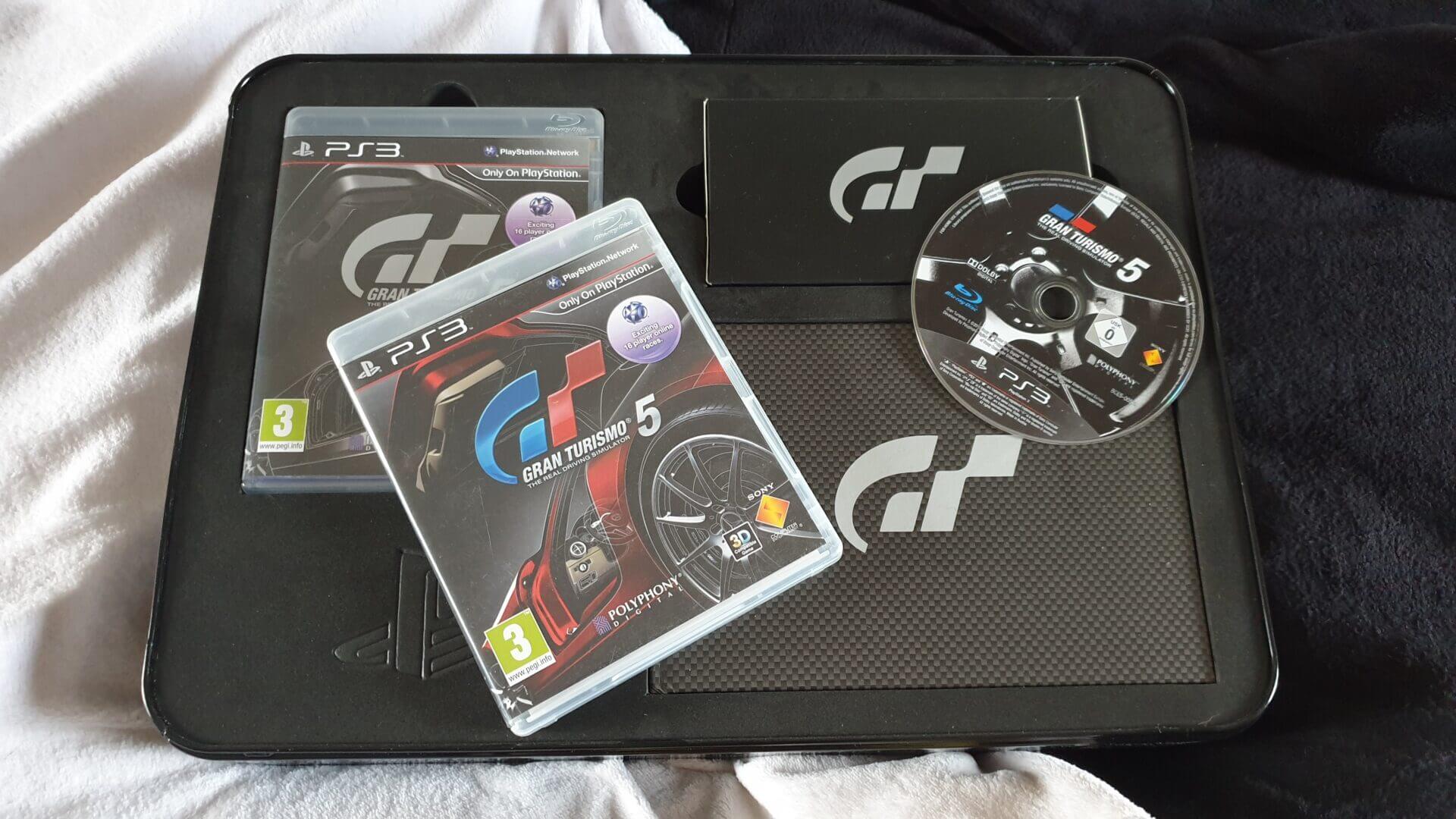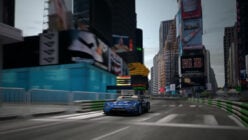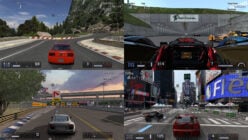November 24, 2010. That’s the day that Gran Turismo 5, the first full Gran Turismo release on the PlayStation 3, first launched.
It’s tough to accept that a decade has flown by since GTPlanet was in Madrid, but today marks GT5’s tenth anniversary.
GT5 marked the start of a new form of Gran Turismo, appropriate to the connected era of gaming. Though we’d seen some flashes previously, in the game’s own Prologue edition, 5 was the first Gran Turismo to include features we take for granted today.
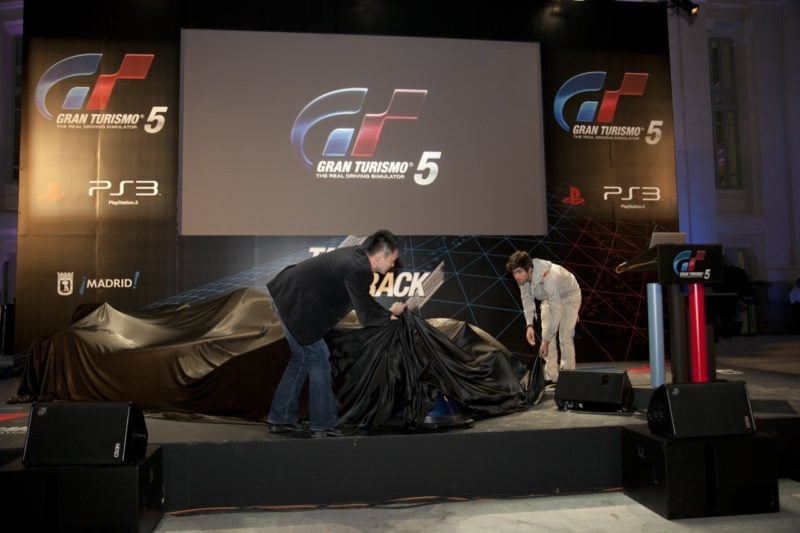
Whereas in the first 13 years of Gran Turismo you played alone — unless you could arrange a LAN — GT5 brought online multiplayer to the Gran Turismo world. This was a feature developed first in a special version of GT4 and then in GT5 Prologue, but it was GT5 that saw it come to players around the world in a full-size Gran Turismo release.
The connectivity also brought along the ability to update the game. Again, Prologue demonstrated the potential, with GT5 giving the idea wings. At first this consisted of bug fixes, patches, and feature updates — such as in-race saves for endurances — but over time it also brought new cars and, for the first time, tracks.
That also brought in the first paid DLC for a Gran Turismo game. From the v2.00 update in October 2011 players had the option of buying new content, which included the debut of the Circuit de Spa-Francorchamps in the series, among others.
There were myriad other new features too. GT5 included the series’ first ever paint shop, with players able to paint almost any car any color if they had the appropriate paint chip. Depending on the vehicle, you could also add new individual body parts, even on the inside. You could even play the game in 3D, if your display supported it — something that has now fallen out of fashion again.
In total, GT5 had over 1,000 cars to drive, at nearly 80 circuits. Many also supported day/night cycles — with geographically accurate stars overhead at night — and variable weather, which not even GT Sport can offer.
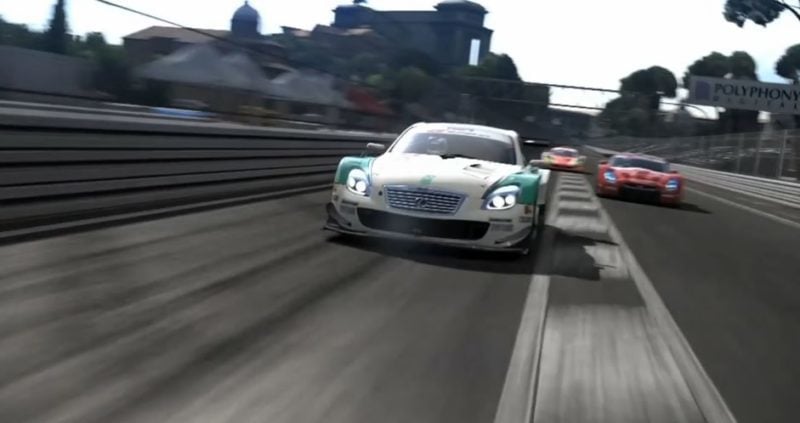
Despite all of this variety, GT5 often finds itself at or near the bottom of many lists of favorite Gran Turismo games — including our own. That’s courtesy of some odd design choices, such as XP-based level progression which locked some cars away until you were a high enough level. Given that some were only available on a billion-day long used car list, you might miss out on a car you needed for an event permanently; the Online Car Dealership remedied this, until GT5’s servers were turned off.
The cars themselves proved problematic too. Of that 1,000-strong car list, more than 700 were straight imports from GT4 (and GT3). This lead to wildly inconsistent functionality in terms of interior views, body upgrades, and damage, but also presentation. The PS3-ready models outshone the legacy items in terms of graphics, producing some meme-worthy images.
Of course what generated the most scorn was the sheer length of development. Polyphony Digital released GT4 in 2004, as its fourth GT game in seven years. It took a further six years before we saw GT5, with the title arriving more than halfway through the PlayStation 3 console generation. The PS3 was notoriously difficult to develop for, something which we’re all hoping is not true of the PS5.
However, GT5 sold well. At least until we see official figures relating to GT Sport, GT5 remains the second best-selling Gran Turismo game ever at 11.95m.
Happy birthday to GT5!

